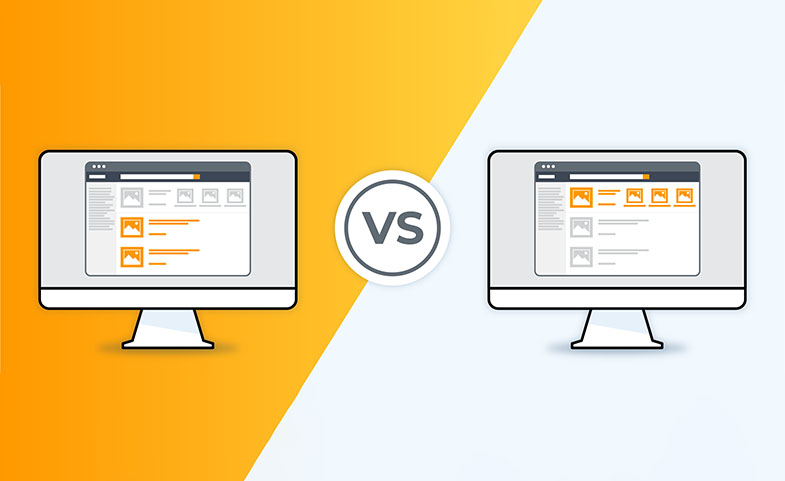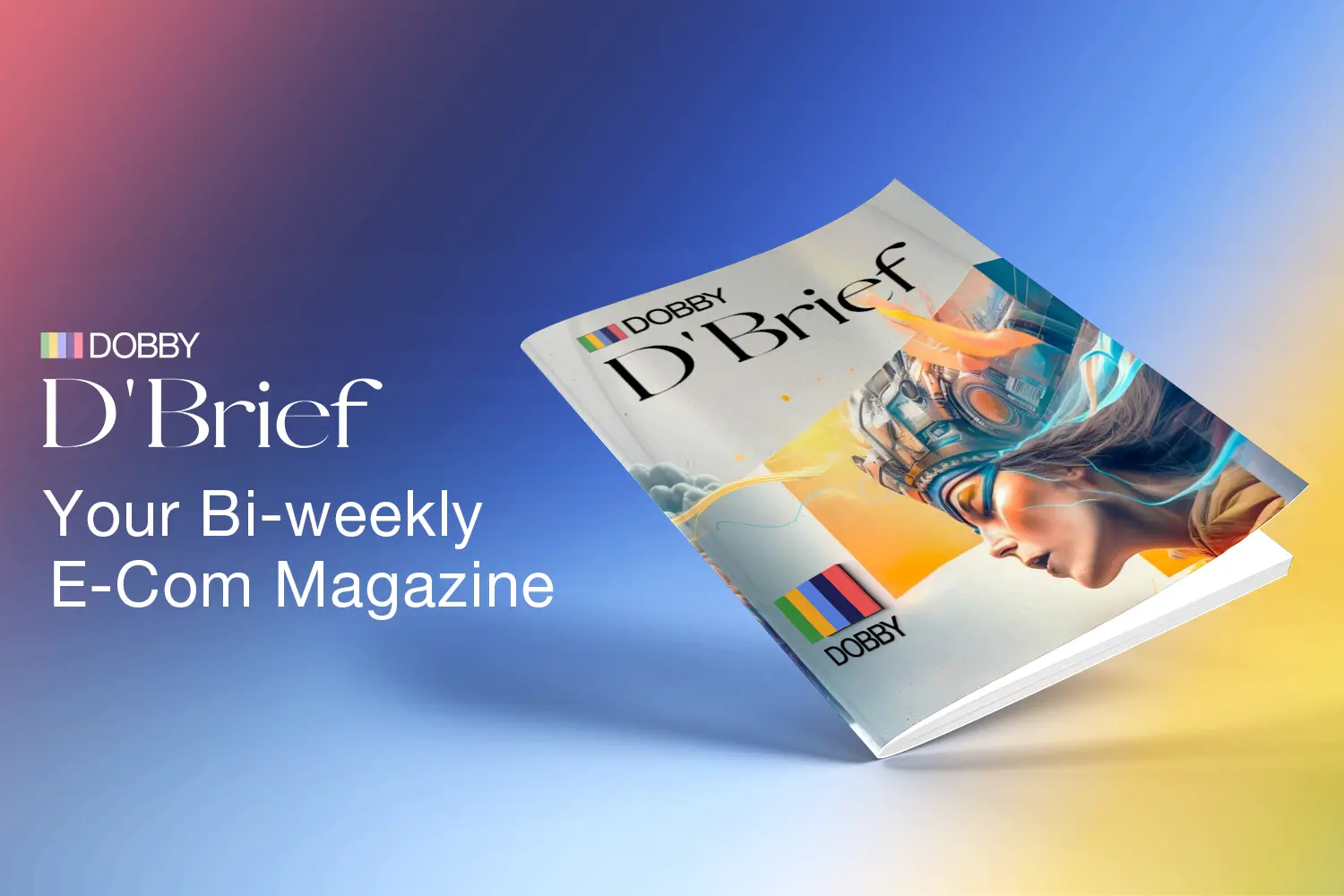In the big world of online shopping, it's really important for sellers to know how to advertise effectively. Amazon, a huge player in this space, gives sellers powerful tools to do that. They have things like Sponsored Products and Sponsored Brands, which help sellers get their products in front of more people. Understanding how to use these tools is key to doing well in online selling.
What are Amazon Sponsored Products and Amazon Sponsored Brands?
Amazon Sponsored Products empower you to boost visibility and direct traffic to your Amazon product listings through pay-per-click (PPC) advertising. This versatile ad format allows you to pursue various objectives while providing measurable performance metrics.
On the other hand, Amazon Sponsored Brands operate on a cost-per-click (CPC) model, requiring payment only when a shopper clicks on your ad. These ads, distinguished by their elevated prominence, tend to have a higher CPC compared to Sponsored Products. The placement of Sponsored Brands is determined by Amazon based on the bid amount.
Amazon Sponsored Products:
- Sponsored Products are targeted, keyword-driven ads that promote individual product listings.
- These ads appear in search results and on product detail pages, seamlessly integrated with organic listings.
- As a pay-per-click (PPC) model, advertisers only pay when customers click on the ad.
- Sponsored Products are ideal for increasing visibility, driving product sales, and competing for placement in search results.
Amazon Sponsored Brands:
- Sponsored Brands, formerly known as Headline Search Ads, are designed to promote an entire brand rather than a single product.
- These ads appear prominently at the top of search results, showcasing your brand logo, a custom headline, and multiple featured products.
- Sponsored Brands help build brand awareness, establish credibility, and encourage customers to explore a range of products within your brand.
- Similar to Sponsored Products, Sponsored Brands operate on a PPC model.
How to be eligible for Amazon Sponsored Products and Amazon Sponsored Brands?
Eligibility criteria for Amazon Sponsored Products
Professional Seller Account:
- To qualify for Amazon Sponsored Products, you need to have a professional seller account.
Product Categories:
- Your products must belong to one or more eligible categories as defined by Amazon.
Condition of Products:
- Only new products are eligible for Amazon Sponsored Products; used or refurbished items do not meet the criteria.
Eligibility for Amazon Sponsored Brands
Brand Registration:
- Sellers must be registered as brand owners to access and utilize Amazon Sponsored Brands.
Shipping Capability:
- It is necessary to have the ability to ship to the country that you're advertising for.
Product Categories and Condition:
- Similar to Sponsored Products, your products should be new and fall under eligible categories.
How to create Amazon sponsored product ads?
- Log in to your Amazon Seller Central account to begin the ad creation process.
- Once logged in, locate and click on the 'Campaign Manager' section within your Seller Central dashboard.
- Inside 'Campaign Manager,' click on the 'Create Campaign' option to commence the campaign setup.
- Within the campaign creation interface, specifically open the settings dedicated to Sponsored Products campaigns.
- Assign a distinct name to your campaign, providing a recognizable identifier for future reference.
- Define the campaign's duration by selecting start and end dates according to your advertising timeline.
- Specify a daily budget for your campaign, indicating the maximum amount you're willing to spend on a daily basis.
- Opt for your preferred targeting strategy, where you can select between manual and automatic targeting options based on your advertising goals.
How to create Amazon sponsored brand ads?
- Access your Amazon seller central account or Amazon advertising console by navigating to advertising.amazon.com.
- Head to the 'Campaign manager,' then opt for 'Create campaign' and choose Sponsored Brands.
- Establish a campaign within the sponsored brand campaign settings.
- Input a distinctive campaign name.
- Specify start and end dates for your campaign.
- Decide on either a daily budget or a lifetime budget.
Key Differences in Goals and Applications:
- Sponsored Products are ideal for promoting specific products, targeting high-intent keywords, and driving direct sales.
- Sponsored Brands are more strategic for brand awareness, showcasing a range of products, and capturing a broader audience.
- Understanding your marketing goals is crucial in choosing between the two ad formats.
Budgeting and Bidding Strategies:
- Sponsored Products and Sponsored Brands have separate budgets, allowing you to allocate resources based on your advertising goals.
- Strategic keyword bidding is essential for both ad types, but Sponsored Brands require additional attention to branding elements.
Metrics and Performance Analysis:
- Monitoring key performance indicators (KPIs) such as click-through rate (CTR), conversion rate, and return on ad spend (ROAS) is essential for optimizing ad performance.
- Regularly analyze data to refine your advertising strategy and maximize the effectiveness of both Sponsored Products and Sponsored Brands.
Conclusion:
As an Amazon seller, mastering the differences between Sponsored Products and Sponsored Brands is a crucial step toward a successful advertising strategy. By aligning your goals with the unique advantages of each ad format, you can create a comprehensive advertising campaign that enhances your brand visibility, drives sales, and positions you for success in the competitive Amazon marketplace.


